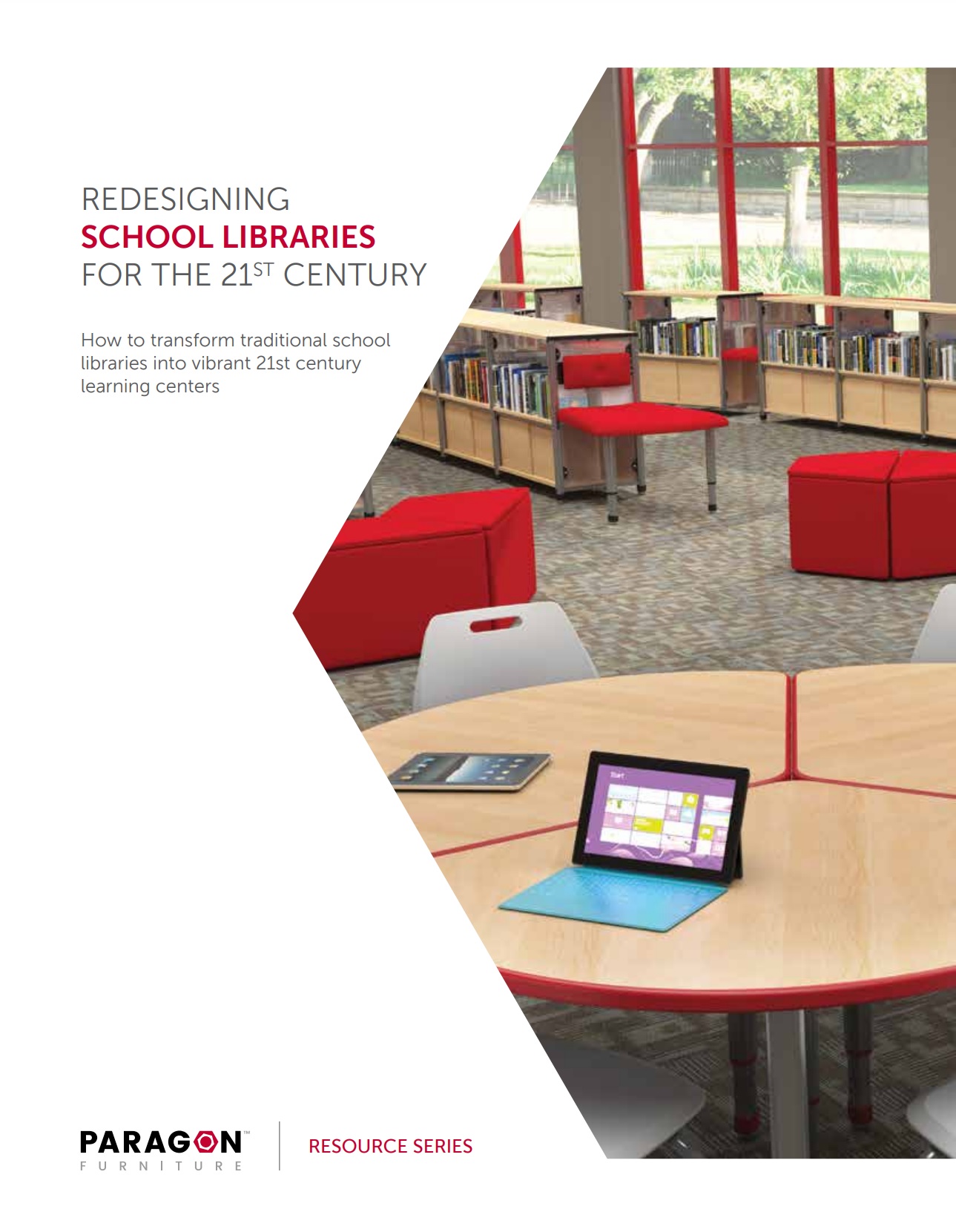THE CLASSROOM RENAISSANCE
DESIGNING FOR THE WAY STUDENTS ACTUALLY LEARN
Walk into a classroom built in the 1970’s and you’ll likely find a familiar layout: rows of forward-facing desks, a single whiteboard at the front, and perhaps a cart for a projector. That model was designed for an era of passive learning, where the teacher was the primary source of information and students were expected to sit still and listen.
Now, walk into a classroom designed in the last five years and you’ll hopefully see something entirely different. Desks on wheels, flexible zones for group work or quiet reflection, writable surfaces, soft seating, and embedded technology signal a shift toward a more adaptive, student-centered approach. The classroom is no longer just a container for content – it’s an active participant in how learning happens.
This is the classroom renaissance, and it reflects a powerful truth: design shapes learning.
What Modern Learning Requires
The learning process today is dynamic, messy, and deeply collaborative. Students in Gen Z and Gen Alpha aren’t just digital natives – they’re idea sharers, multitaskers, and social learners. They expect choice, voice, and relevance. For educators to meet these expectations, the environment must support new learning styles and behaviors. Modern learning demands:
Collaboration: Spaces that allow students to work in small groups, problem-solve, and co-create.
Movement: Opportunities to stand, shift position, or change location throughout the day.
Tech Integration: Access to devices, power, and digital tools embedded into the space.
Autonomy: Environments that empower students to choose how and where they learn best.
Without physical space that matches these priorities, even the best instructional strategies can fall flat.
Core Elements of the New Classroom
To meet these needs, forward-thinking schools are designing classrooms that are adaptable, flexible, and responsive. Some key features include:
- Collaboration zones with mobile tables and shared displays
- A focus zone with dividers or quiet corners
- A creation zone with maker tables, flexible seating, and hands-on tools
- A recharge zone with soft seating and calming design elements for reflection or decompression
These zones allow students to flow between different learning modalities throughout the day without needing to leave the room.
Modular and Reconfigurable Furniture
Furniture that’s mobile and easy to move empowers both teachers and students to adapt the layout instantly to fit the activity – whether it’s a lecture, small-group workshop, or solo writing time.
Technology-Integrated Design
Charging ports, device storage, display screens, and furniture designed to support tech use are essential. Rather than adding tech into the room as an afterthought, the best classrooms are built with technology embedded into the infrastructure.
The Teacher’s Role in Flexible Design
Flexible classrooms aren’t just good for students, they’re a powerful asset for teachers, too. Educators are no longer limited to a single teaching style or front-of-room instruction. A well-designed space can support:
- Whole-group discussion
- Guided small-group instruction
- Student-led inquiry
- Individual project time
- Multimedia presentations
To make the most of this flexibility, teachers need the freedom to reconfigure the space on demand. Giving them control over layout through training, planning support, and choice in furniture leads to more confident, creative instruction.
Student Voice in Space Design
A key element in this renaissance is student involvement in the design of their learning environment. Students are more engaged and responsible when they have a say in how their space looks, feels, and functions. Some schools have piloted “student design councils” that collaborate with educators and designers to shape new classrooms. Others hold feedback sessions or design challenges where students prototype layouts and choose furniture options.
Involving students in this process is not just a gesture of inclusion – it’s a reflection of the learner-centered philosophy that defines the entire movement.
Designing a New Narrative
The modern classroom is more than an aesthetic update. It’s a shift in mindset – one that recognizes space as a tool for better teaching, deeper learning, and greater equity. A well-designed classroom can reinforce independence, amplify engagement, and support the diverse ways students learn and grow. As schools plan renovations or build new spaces, one question should lead the process:
How does this space help students learn better?
If the answer isn’t clear, it’s time to redesign. Because in this new era of education, learning isn’t one-size-fits-all – and classroom design shouldn’t be either.
Download our step-by-step implementation guide to help create effective library & lounges spaces!
CLASSROOM DESIGN FILES
Access all of the design resources you need to create a beautiful classroom!

